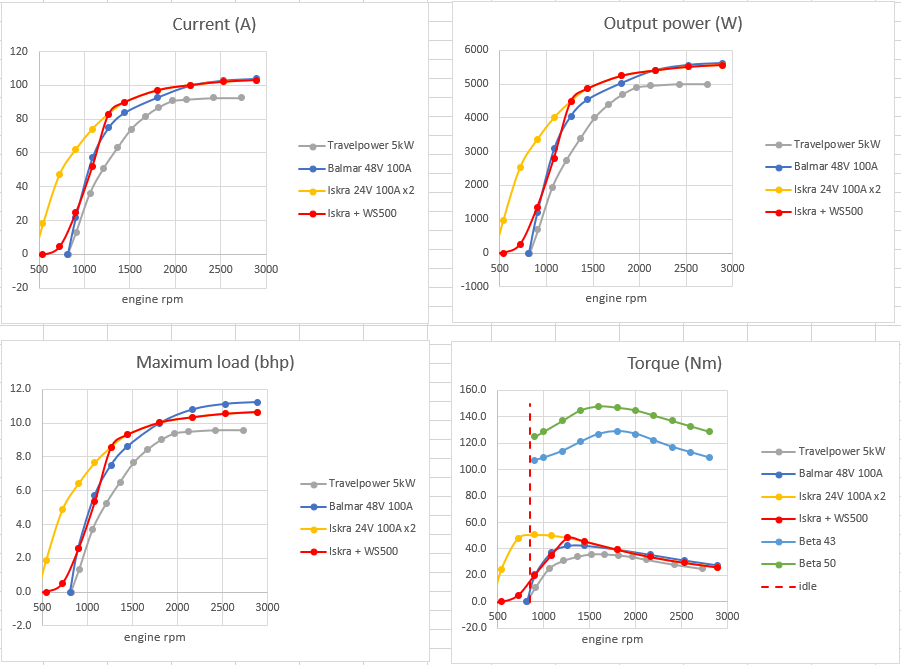Looking at options to build a system for a global boat using a 48V lithium storage system. Would like to keep the AC shore power in separate to enable global shore power capability that is frequency and voltage agnostic.
Looking at the Victron catalogue, I don't see any options to support 120V or ideally 120V/240V AC 48V battery charging.
Can you put any 24V Victron chargers in series (e.g. Skylla-IP65) in series to get 48V charging?
Any third party options that you can recommend? Prefer not to add additional weight, complexity and space with voltage or isolation transformers in the input side.

